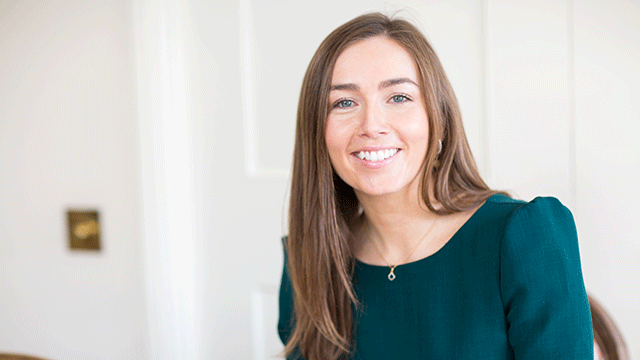COMMENT Real estate often bears the brunt of rapidly changing market trends, having been fundamentally affected in recent years by the pandemic and, more recently, Trussonomics. The full impact of rising utility costs is also yet to be recognised and next year we will see significant, and in some cases astronomical, increases in service charge budgets.
These issues are not just limited to our industry but as owners, developers and investors in the built environment we have to acknowledge we are in a privileged industry and need to start taking social value seriously.
Quarterly bake sales and coffee mornings, the traditional way to raise money in an office, while useful are not enough. As an industry, we can make everyday decisions that can better serve the communities surrounding our assets, both occupied and owned. For example, taking unopened milk, unused teabags, cleaning products and toilet paper to local food banks at the end of each week. Or when vacating or refurbishing a space, offering old furniture to rehousing or refugee resettlement charities. Vacant units can also be used as pop-up charity shops or even therapy spaces.
Alternatively, do we need to go down the route of green leases and implementing clauses within our leases that commit occupiers to positive social impact? For example, in addition to sharing their energy consumption, should occupiers be obliged to support local charities? Or alongside green fit-out guides upon occupation, should unwanted furniture donations be imposed upon vacating?
Greater visibility
In addition to these everyday decisions, we must ensure social value (and sustainability) is at the forefront of larger operational decisions, particularly in our procurement processes. Partnering with suppliers that employ locally, pay the living wage and are socially responsible will have a marked improvement on the lives of those who interact with our buildings. The Colliers property management team inserts ESG-related KPIs into our service level agreements with third-party suppliers so we can create greater visibility of this impact for our clients.
To make this process simpler, and at the very least apply a tangible value to social efforts, we have developed a social value calculator to measure the social value derived from landlord activities at our managed properties. This tool measures the social value achieved through on-site activities and via our third-party suppliers and allows us to benchmark our managed properties on a £ per sq ft basis.
The benefit of us attributing a financial figure next to the efforts firms are going to means we can tangibly measure the progress our industry has taken and grab the attention of key decision-makers. In the same way that implementing green solutions can futureproof an asset, so can implementing a robust social action plan.
Time to step up
While there is no doubt there is a benefit to understanding social value in a monetary sense, it is also important to understand the less tangible benefits a building can create to an area. One example of this is creating a sense of safety and security. Our client Astrea Asset Management recently launched the SafeHaven app which offers safe spaces in offices for those feeling vulnerable. The concept allows users to locate a “safe haven” in a 24-hour staffed property where the building’s security team are trained and can offer support to those in distress.
Whether measurable or less tangible, it is time for the commercial real estate industry to step up and make a meaningful impact on social value. We need to share success stories within our peer groups and encourage each other to make positive change and hold each other accountable. We all interact with the built environment every day and it is our duty as an industry to ensure we are the forefront of creating spaces that improve the lives of those around us and leave a place improved on the way we found it.
Holly Brown is head of client strategy at Colliers











